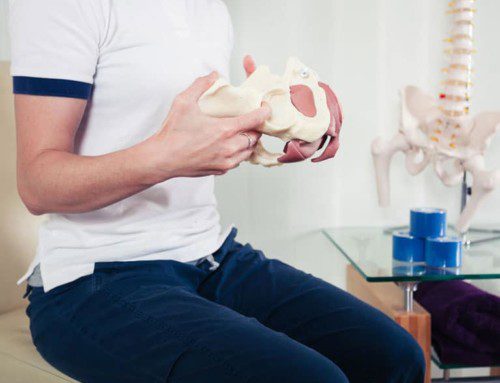Does your job require you to sit for long periods of time throughout the day? Many times, patients come into physical therapy for neck or low back pain that started or started to get worse from sitting all day for work.
Exercise and strengthening will always be one of our go-to advice on how to decrease pain from being sedentary for so long. Still, we understand that sometimes work and life can get too hectic, and you may not always have time to participate in an exercise program every day.
A study looked at how active breaks or postural shifts can affect neck and lower back pain in office workers. Here are some of the findings [1]:
- Neck Pain: Office workers who took active breaks or shifted their postures throughout the day reported less onset of pain by 27%.
- Lower back pain: Active breaks and postural shifts helped to prevent the onset of pain by 24-26%.
- The duration of the active breaks in this study ranged from 30 seconds to 15 minutes per break, and postural shifts varied from 20-60 times per hour.
These findings align with the concept that movement throughout the day helps to prevent or decrease pain. However, at times, taking active breaks is not feasible on a busy day. Here are our recommendations on what you can do to change our posture throughout the day.
Change Your Position
Your body does not like being in one position for long durations. If you are fortunate to have an adjustable desk try to switch between sitting and standing throughout the day.

Sitting

Standing
Squeeze Your Shoulder Blades
This can help to open up your chest and activate the muscles between our shoulder blades.
Thoracic and Lower Back Stretches
Source:
- Waongenngarm, P., van der Beek, A. J., Akkarakittichoke, N., & Janwantanakul, P. (2021). Effects of an active break and postural shift intervention on preventing neck and low-back pain among high-risk office workers: a 3-arm cluster-randomized controlled trial. Scandinavian journal of work, environment & health, 47(4), 306–317. https://doi.org/10.527





